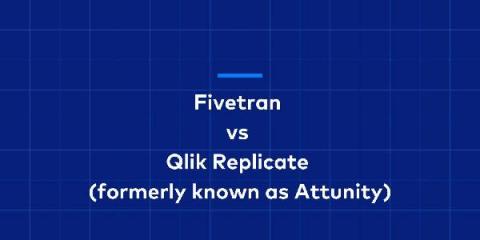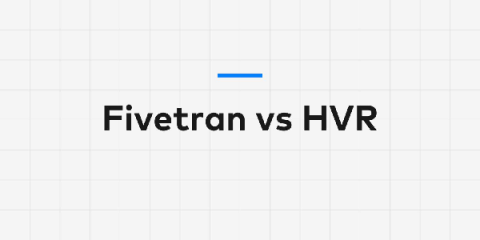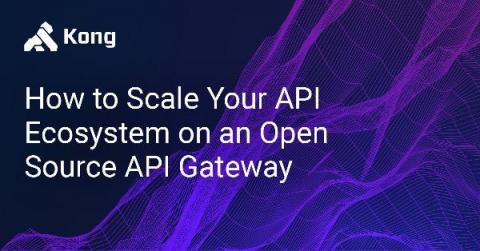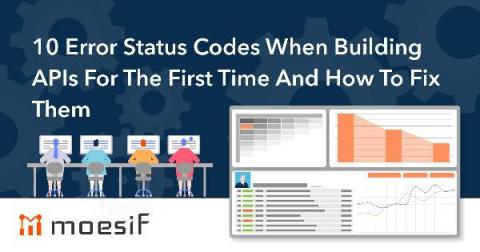Protecting Personal Data: GDPR, CCPA, and the Role of ETL
The growth of data has been exponential. By 2023, it's anticipated that approximately 463 exabytes (EB) will be created every day. To put this into perspective, one exabyte is a unit equivalent to 1 billion gigabytes. By 2021, 320 billion emails will be sent daily, many of which contain personal information. Data collected around the globe contains the type of information that businesses leverage to make more informed decisions.










